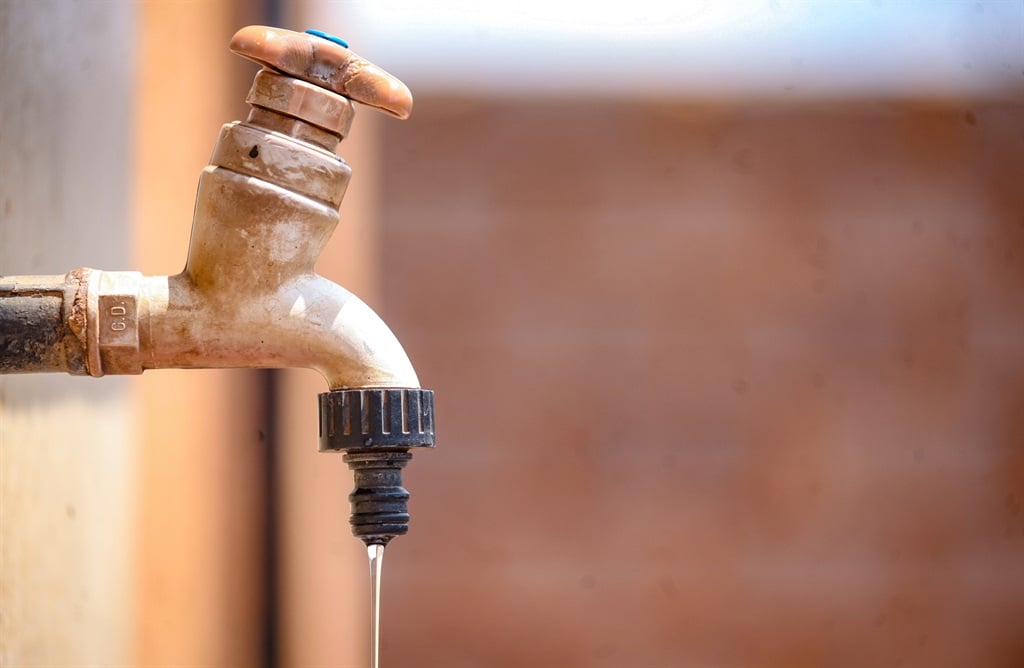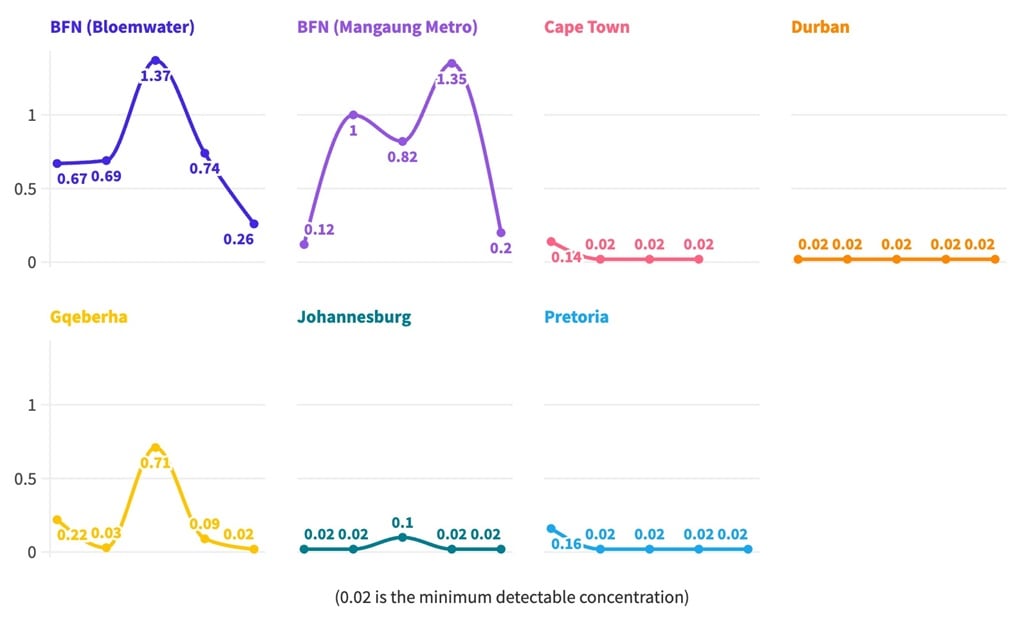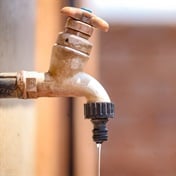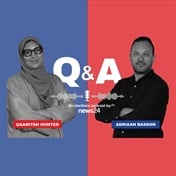
- The Blue Drop report, the government's assessment of South Africa's drinking water, is late.
- But for the last month we've been doing our own independent testing of water in Johannesburg, Cape Town, Durban, Pretoria, Gqeberha, and Bloemfontein.
- We found that, across those cities, drinking water at our test taps is generally safe and clean – and often of a very high quality.
- Our Cape Town and Bloemfontein sites have thrown up some red flags, and there is some variability at our Gqeberha tap. But the Gauteng cities and Durban fared very well.
In early June, Water and Sanitation Minister Senzo Mchunu released an "interim" look at South Africa's water infrastructure, and promised the full audit of the water system, the Blue Drop Report, in July.
That document – key to triggering interventions where people are at risk of disease and illness from their drinking water – has yet to be published. Last week, the Department of Water and Sanitation told us it is now due for release only before the end of September, in part due to load shedding (see below).
But since late June, News24 and Netwerk24 have been drawing and testing samples of water in South Africa's biggest cities, to independently verify the quality of drinking water.
With funding from Truth First, a central lab partner, and a network of satellite laboratories all over the country, we have tested weekly samples from one tap in each city for the most critical standard indications of biological or chemical trouble.
What we've found has been extremely reassuring for city dwellers, in sharp contrast to the overall, national situation.
For more details of our tests and the full results, see our dedicated project website
The interim Blue Drop Watch Report for 2023 painted a very bleak picture of the state of South Africa's drinking water. Of the 151 water systems sampled, 71% were not chemically compliant, and 51% had poor or bad microbiological findings.
Some of the water tested was downright dangerous, which was, perhaps, not particularly surprising after a deadly cholera outbreak, a disease closely correlated to water quality.
But while collapsing water systems in the likes of Hammanskraal and Parys cost lives, our testing showed water at our city taps that is universally safe to drink, and in many cases, of consistently outstanding quality.
Our samples were drawn by our own journalists from taps connected directly to the municipal supply at or near where they live, with live logging of each sample. Those samples were tested by certified laboratories using an approach codified as a national standard. We did not tell the local municipalities or the Department of Water and Sanitation that we were testing the water.
Parts of Bloemfontein are supplied by the Mangaung Metro, others are supplied by Bloemwater. We tested taps connected to both systems. In the other cities, we tested the metro supply.
Here is what we've found so far.
There is no risk of cholera – or any bacteria – from any of the city taps we tested
Across more than a month of testing we detected coliforms, a broad category of bacteria, in only one sample drawn in Cape Town. And that was at what is considered a safe level for drinking water, while Cape Town says its samples over the last 12 months were clear (see below). Our results suggest there is no faecal contamination of any of the water systems we checked, so no risk of the likes of cholera.
We have never found a trace of one of the most feared waterborne bacteria, E. coli.
In other words, at least at the taps in the relatively affluent suburbs of the six cities where we tested, there is no need to boil drinking water, and no reason to worry about picking up a disease from the water.
On a chemical level, the water in every city looks good
We found the water at every one of our city taps to be compliant with standards when we tested how much chlorine it contained, what the level of dissolved salts were, and the pH value.
Here and there the chemical composition was a little variable over time, especially in Bloemfontein, which could conceivably point to trouble in the future if there is inconsistent treatment, or if the raw water used is variable to begin with.
But, as things stand, all our samples were within the chemical ranges expected of safe-to-drink water.
Only Johannesburg and Durban passed every turbidity test – in Bloemfontein and Cape Town we found problems
Turbidity measures what water looks like, literally how clear it is. That is not a big deal in itself, experts say, but turbidity is a key measurement for two important reasons: it could point to trouble somewhere in water treatment that should be investigated, and it could mean people avoid drinking the water – and either use less safe water, or spend a lot of money to secure an alternative supply.
In our samples, only the taps in Johannesburg and Durban consistently came in at an acceptable level of turbidity. Our taps in Cape Town and in one section of Bloemfontein failed dramatically.
Turbidity is measured in nephelometric turbidity units, or NTUs. Under South African standards, a count of 1 NTU is acceptable.
At our Durban tap we have yet to find a turbidity count higher than 0.6, and in Johannesburg the maximum was 0.63.
At our Cape Town tap, our lowest count so far was 2.1, and twice that number approached 5. (Cape Town says its own testing shows no turbidity issues; see below.) In Bloemfontein, for water supplied by the Mangaung Metro, we measured a maximum turbidity of 5.46 at our sample tap, but we also had a sample come in at 1.16 the very next week.
Our Gqeberha testing point breached the acceptable limit once, with a count of 1.89. At a tap with Bloemwater-supplied water, it also breached it once with a 1.48, and Pretoria breached the level twice, though never by more than 1.19.
What the authorities told us
In response to our questions, the Department of Water and Sanitation said the full Blue Drop report is now due in September because of delays due to "moderation processes".
"The confirmation and moderation process includes a last opportunity for water services institutions to upload further evidence that could affect their scores that may not have been available during the audit, the verification of that information and data and a final meeting with the water services institution to confirm whether the information is accepted and to provide feedback on the audit outcomes. These are necessary steps as they serve as a quality control mechanism to ensure accuracy of reporting and to ensure that the results are credible.”
The department said problems included load shedding during virtual meetings, "municipal officials' availability", and water officials scrambling to deal with the cholera outbreak.
That cities fare better in water quality than more rural areas is often due to money, the department said. Cities have a bigger revenue base and is better at collecting the money, they put more money towards maintenance and paying critical staff, and they have better access to testing laboratories.
Bloemwater asked for more details on our testing, and had not responded to our questions on turbidity and chemical variation by the time of publication.
None of the other suppliers of water we contacted responded to our questions – except the City of Cape Town. It said it could not comment on our results directly, but that "historical results show our water is safe for drinking and use". On turbidity, said the City of Cape Town, its compliance with the aesthetic standard limit was also in excess of 99% over the past 12 months, and on an operational level its turbidity compliance was 97%, still over the 95% required to have a rating of excellent.
(Additional reporting by Alex Mitchley, Cara-Lee Scheun, Cherene Pienaar, Kaveel Singh, and Sheldon Morais.)
* This investigation was done in association with Truth First, a non-profit organisation that promotes investigative journalism.




 Publications
Publications
 Partners
Partners


























